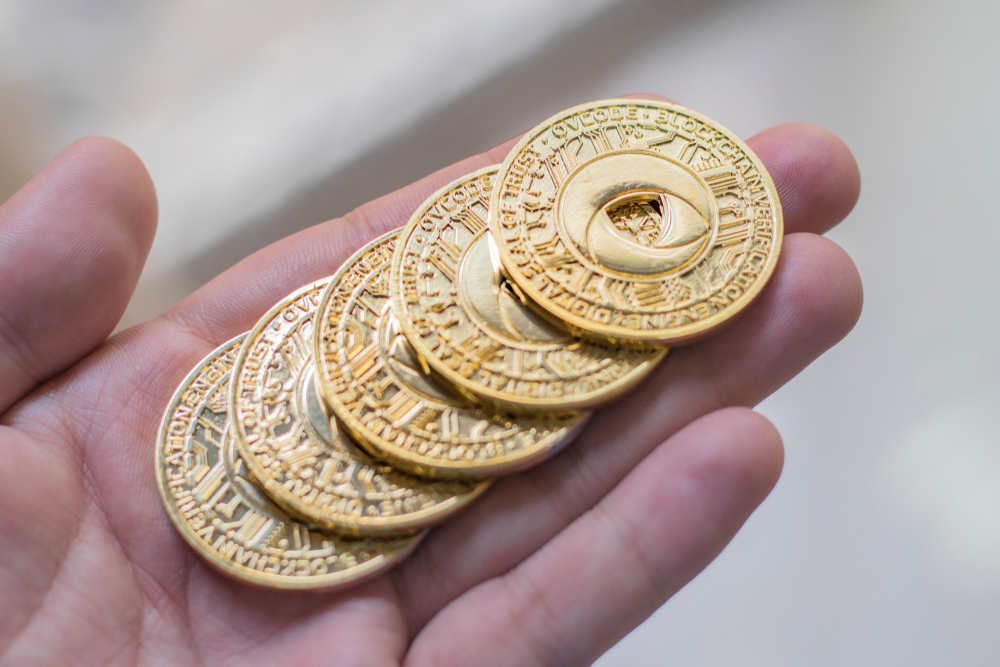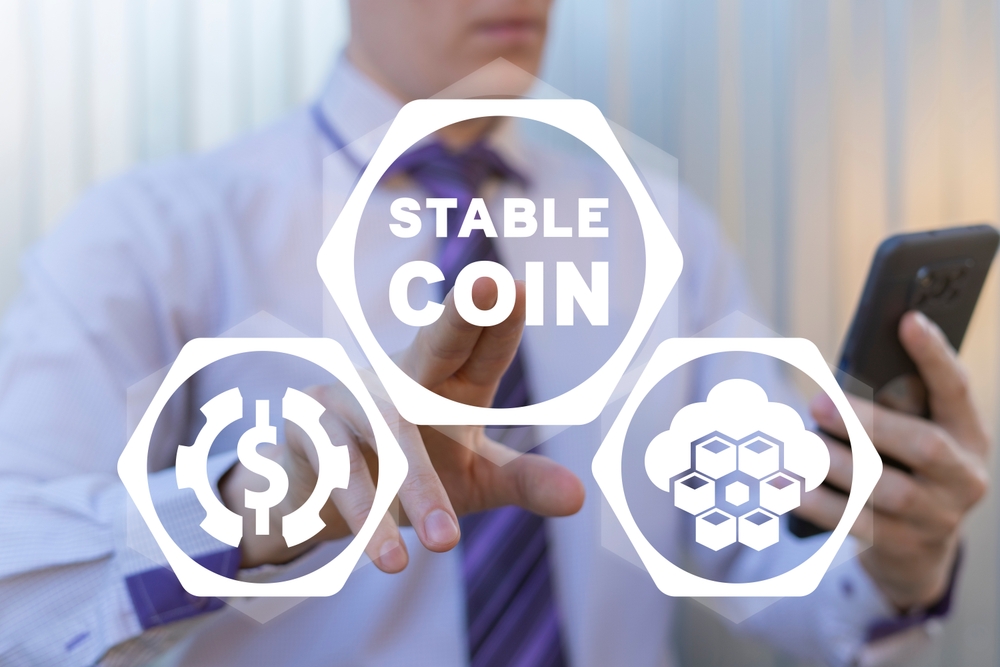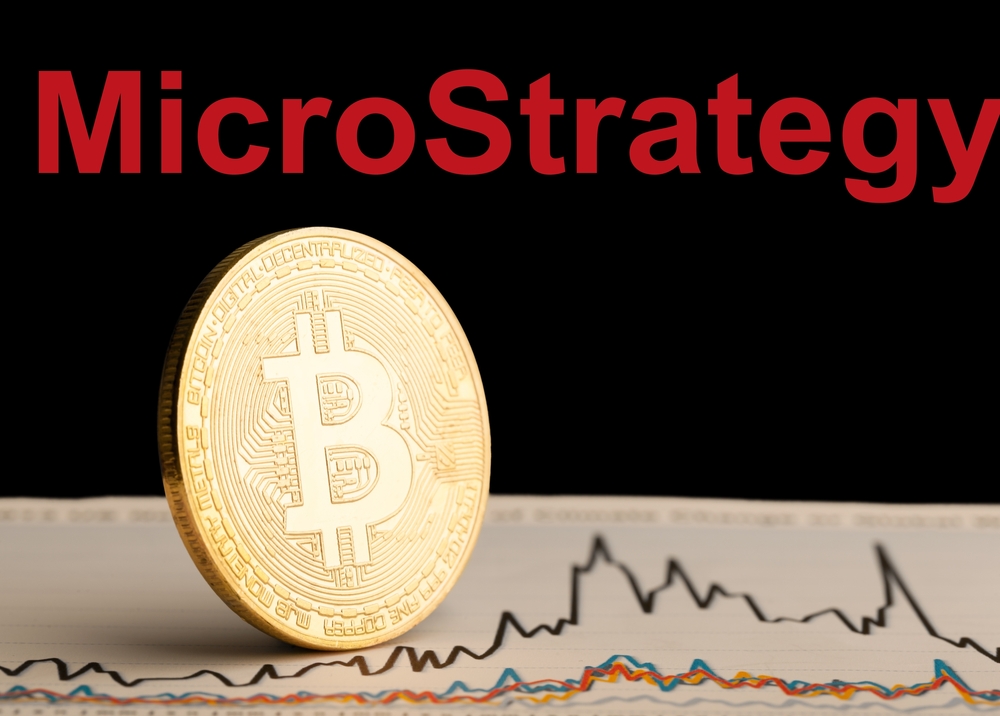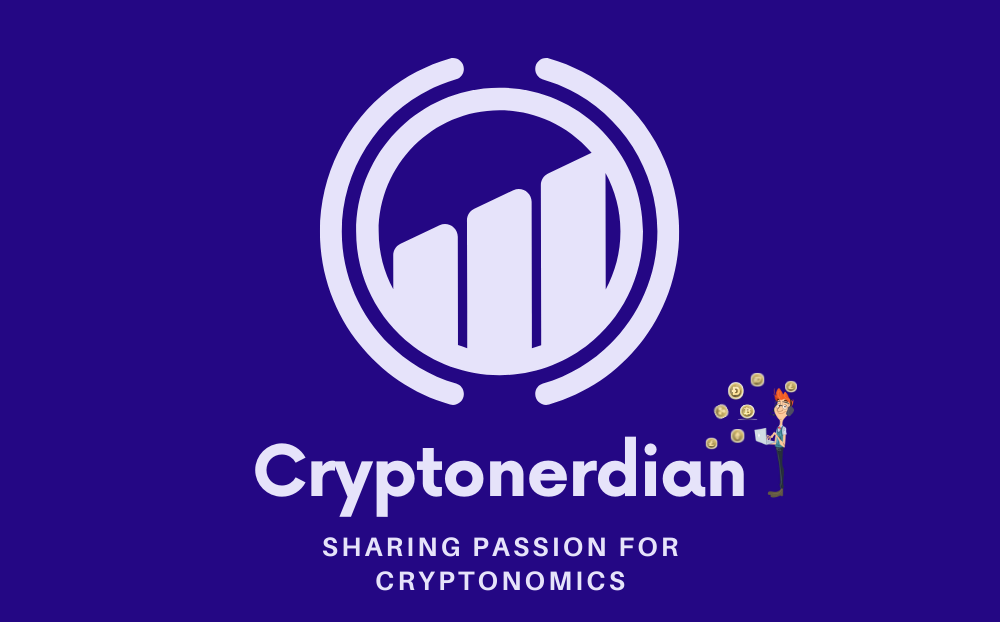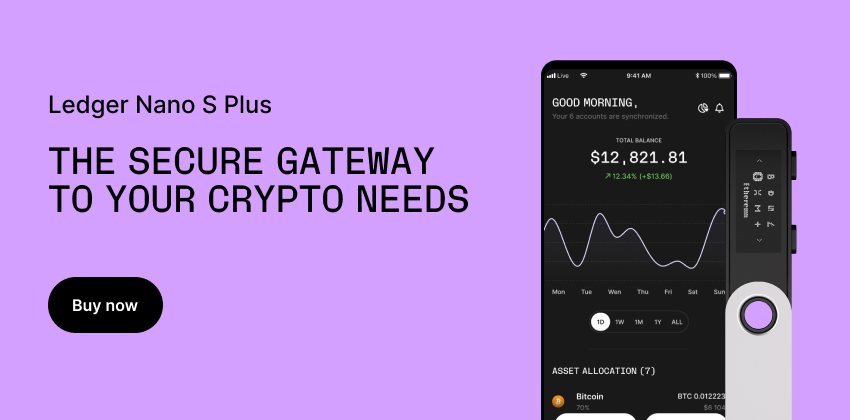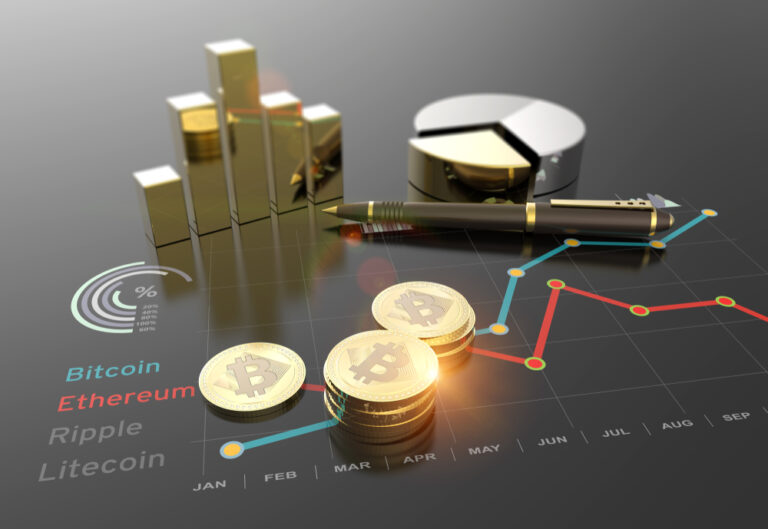Table of Contents
ToggleIntroduction
Utility tokens are a unique type of digital asset in the blockchain world. These tokens serve a specific purpose within a platform or ecosystem. Utility tokens can be used as a medium of exchange on certain platforms, allowing users to access services or features.

Unlike cryptocurrencies like Bitcoin, utility tokens are not meant to be a form of money. Instead, they give holders the right to use a product or service. For example, a token might let you store data on a blockchain network or vote on platform decisions.
The value of utility tokens can change based on supply and demand. As more people want to use a platform, the tokens may become more valuable. This has made some utility tokens popular for investing, even though that’s not their main purpose.
Key Takeaways
- Utility tokens provide access to specific services within blockchain platforms
- Token value is tied to platform usage and demand for its services
- Regulatory views on utility tokens vary, impacting their adoption and development
Understanding Utility Tokens

Utility tokens play a key role in blockchain ecosystems. They give users access to products or services on a platform.
Definition and Core Functions
Utility tokens are digital assets that work within a specific blockchain network. They let people use the platform’s features or services. For example, a token might allow access to cloud storage or online gaming.
These tokens often act like digital coupons. Users can trade them for goods or services on the platform. Some utility tokens also help with network governance. Token holders may vote on important decisions about the platform’s future.
Utility tokens don’t give ownership rights in a company. Their value comes from their use on the platform. As demand for the platform grows, the token’s value may increase.
Utility vs. Security Tokens
Utility tokens differ from security tokens in important ways. Security tokens represent ownership in an asset, like stocks or real estate. They fall under stricter rules.
The Howey Test helps decide if a token is a security. This test looks at whether people buy the token hoping to profit from others’ work. If so, it’s likely a security token.
Utility tokens focus on platform use, not investment returns. They don’t promise profits. This key difference affects how regulators treat them. Utility tokens usually face fewer rules than security tokens.
Some tokens start as securities and later become utility tokens. This happens when the platform is fully built and the tokens are mainly used for services.
Evolution of Utility Tokens

Utility tokens have undergone significant changes since their inception. Their use cases and applications have expanded, while regulatory frameworks have emerged to govern their issuance and trading.
Early Use Cases
Utility tokens first gained popularity during the initial coin offering (ICO) boom of 2017. Many blockchain projects used these tokens to raise funds and build their ecosystems.
Early utility tokens often granted access to specific services or products on a platform. For example, Filecoin tokens allowed users to purchase decentralized storage space.
Some tokens, like Basic Attention Token (BAT), aimed to revolutionize digital advertising by rewarding users for their attention to ads. BAT tokens facilitated transactions between advertisers, publishers, and users within the Brave browser ecosystem.
Current Trends
Utility tokens have evolved to serve more complex functions in decentralized ecosystems. Many now offer governance rights, allowing token holders to vote on important protocol decisions.
Binance Coin (BNB) exemplifies this evolution. Initially created as a discount token for trading fees, BNB now powers the entire Binance Smart Chain ecosystem and offers various utility functions.
Regulatory scrutiny has increased, leading to more careful token designs. Projects now focus on creating genuine utility and avoiding features that might classify their tokens as securities.
Multi-chain compatibility has become a key trend. Many utility tokens now operate across multiple blockchain networks, increasing their versatility and potential use cases.
Token Economics

Token economics shapes how utility tokens function within their ecosystems. It covers key aspects like token supply, distribution, and mechanisms that impact value.
Token Supply and Distribution
Utility tokens often have a fixed total supply to create scarcity. This total amount is set when the token is created.
The initial distribution typically happens through token sales or airdrops. Project teams may reserve a portion for development and operations.
Token standards like ERC-20 on Ethereum define how tokens behave. This ensures compatibility across wallets and exchanges.
Vesting schedules can limit when tokens are released. This prevents large sell-offs that could crash the price.
Token Burn Mechanisms
Token burns permanently remove tokens from circulation. This reduces the total supply over time.
Projects may burn tokens regularly based on usage or revenue. Some burn a percentage of transaction fees.
Burning can increase scarcity and potentially drive up value for remaining tokens. It’s seen as a way to reward long-term holders.
Token issuers must carefully design burn mechanisms. Too aggressive burning could harm liquidity and adoption.
Transparent burn schedules help users understand the token’s long-term supply outlook. This can impact confidence in the project.
Regulatory Environment

The regulatory landscape for utility tokens is complex and evolving. Different countries and organizations have varying approaches to overseeing these digital assets. Key regulatory bodies like the SEC play a crucial role in shaping guidelines and compliance requirements.
SEC Guidelines
The U.S. Securities and Exchange Commission (SEC) has taken a leading role in regulating utility tokens. The SEC applies the Howey Test to determine if a token qualifies as a security. This test looks at whether there’s an investment of money in a common enterprise with the expectation of profits from others’ efforts.
Utility tokens that pass this test may be subject to securities laws. The SEC has issued guidance stating that most initial coin offerings (ICOs) involve securities. Companies offering utility tokens must carefully consider SEC regulations.
Regulation A+ provides an exemption for smaller offerings, allowing companies to raise up to $50 million in a 12-month period. This option may be suitable for some utility token issuers seeking regulatory compliance.
International Regulations
Internationally, the regulatory approach to utility tokens varies widely. The European Union is developing the Markets in Crypto-Assets Regulation (MiCAR), which aims to create a comprehensive framework for crypto-assets, including utility tokens.
The UK defines utility tokens by exclusion – they are tokens that don’t fall under other categories of digital financial instruments. This approach provides flexibility but can lead to uncertainty.
Some countries have created specific regulations for utility tokens. Others apply existing financial regulations. This inconsistent global landscape creates challenges for companies operating across borders.
Compliance with international regulations often requires careful legal analysis and may involve adhering to multiple regulatory frameworks simultaneously.
Initial Coin Offerings

Initial coin offerings (ICOs) are a way for blockchain projects to raise funds by selling digital tokens. They became popular in 2017 as an alternative to traditional fundraising methods. ICOs let startups bypass banks and venture capitalists to get money directly from investors.
How ICOs Work
In an ICO, a company creates and sells digital tokens on a blockchain. These tokens often give buyers access to a product or service the company plans to build. The process starts with the company publishing a whitepaper. This document explains the project’s goals and how the tokens will work.
Next, the company sets a date for the token sale. Investors can buy tokens with cryptocurrencies like Bitcoin or Ethereum. The company uses the money raised to develop their product. If the project succeeds, the tokens may increase in value.
ICOs happen in stages. There’s often a private sale for big investors. Then a public sale opens to everyone. Some ICOs have hard caps on how much they’ll raise.
Investor Considerations
ICOs can be risky investments. Many projects fail to deliver on their promises. Investors should research carefully before buying tokens. It’s important to read the whitepaper and understand the token’s purpose.
Regulation is a key issue. Some countries have banned ICOs. Others treat them like securities. This means they must follow strict rules.
Investors should watch for red flags. These include unrealistic promises and anonymous team members. It’s also good to check if the code is open source.
The value of ICO tokens can be very unstable. Prices often drop after the initial hype dies down. Investors should be prepared to lose their entire investment.
Blockchain Ecosystem Participants

The blockchain ecosystem relies on various key players who contribute to its growth and functionality. These participants work together to create, maintain, and use blockchain networks and applications.
Developers and Innovators
Developers are the backbone of the blockchain ecosystem. They create decentralized applications (dapps) and smart contracts that run on platforms like Ethereum. These innovators design and build the infrastructure that powers blockchain networks.
Blockchain developers often focus on creating solutions for specific industries or use cases. They may work on improving scalability, security, or user experience for existing platforms.
Many developers contribute to open-source projects, helping to advance blockchain technology as a whole. They collaborate on platforms like GitHub to share code and ideas.
Some developers specialize in smart contract creation, which are self-executing agreements stored on the blockchain. These contracts form the basis for many dapps and decentralized autonomous organizations (DAOs).
Investors and Users
Investors play a crucial role in funding blockchain projects and supporting their growth. They may invest in tokens, cryptocurrencies, or blockchain startups.
Some investors focus on utility tokens, which grant access to specific blockchain services or applications. These tokens can increase in value as the associated project gains popularity.
Users are the end consumers of blockchain products and services. They interact with dapps, trade cryptocurrencies, and participate in decentralized finance (DeFi) platforms.
Many users are drawn to blockchain for its potential to offer greater financial autonomy and privacy. They may use blockchain-based solutions for tasks like voting, identity verification, or supply chain tracking.
Active users often contribute to the blockchain ecosystem by providing feedback, testing new features, and participating in governance decisions for DAOs.
Token Utility Cases

Utility tokens offer practical value within specific platforms or ecosystems. They enable access to services and provide incentives for user engagement.
Access to Services
Utility tokens act as digital keys, granting holders access to products and services on a platform. For example, a streaming service might require users to hold tokens to watch content.
These tokens can also function as in-platform currency. Users spend them to unlock features or make purchases within the ecosystem.
Some platforms use utility tokens for governance. Token holders can vote on important decisions, shaping the future of the project.
Incentives and Rewards
Platforms use utility tokens to incentivize users and boost participation. Users may earn tokens for completing tasks, contributing content, or referring new members.
These rewards encourage active engagement and help grow the community. For instance, a social media platform might award tokens for popular posts or helpful comments.
Some projects distribute tokens to early adopters or loyal users. This strategy aims to create a sense of ownership and foster long-term commitment to the platform.
Utility tokens can also power loyalty programs. Users accumulate tokens through regular activity, which they can later redeem for perks or discounts.
Decentralized Finance
Utility tokens play a key role in decentralized finance (DeFi) platforms and services. These tokens enable new financial products and systems that operate without centralized control.
DeFi Platforms
DeFi platforms use utility tokens to power decentralized applications and financial services. Users can lend, borrow, and trade digital assets directly through smart contracts. This removes the need for traditional banks or brokers.
Many DeFi platforms issue their own utility tokens. These tokens give holders voting rights on platform decisions. They also provide access to special features or discounts on fees.
Liquidity pools are a core part of DeFi. Users deposit tokens into smart contract-powered pools. In return, they earn a share of transaction fees. This creates deep liquidity for trading and borrowing.
Financial Services Integration
DeFi is bringing new financial products to a global audience. Anyone with an internet connection can access these services.
Popular DeFi offerings include:
- Decentralized exchanges
- Lending and borrowing platforms
- Yield farming
- Stablecoins
- Synthetic assets
Traditional finance firms are starting to integrate DeFi services. This brings more liquidity and users to the ecosystem. It also helps bridge the gap between centralized and decentralized finance.
Challenges remain around regulations and user protection. But DeFi continues to grow rapidly. It’s creating new opportunities for financial inclusion and innovation.
Utility Token Platforms
Utility token platforms provide the infrastructure for creating and managing digital assets. These platforms offer tools and standards for developers to build and launch tokens.
Ethereum and ERC-20 Tokens
Ethereum is the most popular platform for utility tokens. It introduced the ERC-20 token standard, which defines a set of rules for creating and using tokens on the Ethereum blockchain.
ERC-20 tokens are easy to create and integrate with wallets and exchanges. This has led to thousands of projects launching their own utility tokens on Ethereum.
Developers can use Ethereum’s smart contract functionality to program token behavior. This includes features like token distribution, voting rights, and access to services.
Emerging Platforms
While Ethereum dominates the utility token space, other platforms are gaining traction. Binance Chain, home to Binance Coin (BNB), offers fast transactions and low fees for token creators.
Solana provides high-speed processing and low costs, making it attractive for decentralized finance (DeFi) projects. Its growing ecosystem supports various utility token use cases.
Zilliqa (ZIL) focuses on scalability through sharding technology. This allows for efficient handling of large numbers of transactions, benefiting utility token projects with high user activity.
These platforms aim to address Ethereum’s limitations in speed and cost. They offer alternative environments for launching and managing utility tokens.
Future of Utility Tokens
Utility tokens are poised for significant changes in the coming years. New technologies and expanding markets will shape their development and adoption.
Technological Advancements
Blockchain innovations will drive utility token growth. Faster transaction speeds and lower costs will make tokens more practical for everyday use.
Smart contracts will automate many token functions. This will increase efficiency and reduce the need for intermediaries.
Improved security measures will boost user confidence. Better encryption and fraud prevention will protect token holders and their assets.
Cross-chain compatibility will allow tokens to work across different blockchain networks. This will expand their usefulness and reach.
Market Expansion Predictions
The utility token market is expected to grow rapidly. More businesses will create tokens to engage customers and offer new services.
Integration with traditional systems will increase token adoption. Banks and payment processors may start accepting utility tokens.
Tokenization of real-world assets will open new investment opportunities. This could include fractional ownership of art, real estate, or other valuable items.
Market volatility may decrease as the sector matures. This could attract more stable, long-term investors.
Regulatory clarity will likely improve, providing a clearer framework for token issuers and users. This could boost confidence in the utility token ecosystem.
Frequently Asked Questions
Utility tokens play a crucial role in blockchain ecosystems. They serve specific functions and offer unique benefits to users within their respective platforms.
What are some examples of utility tokens in the cryptocurrency market?
Some well-known utility tokens include Filecoin (FIL), which is used for decentralized storage, and Basic Attention Token (BAT), which powers the Brave browser’s advertising ecosystem.
Chainlink (LINK) is another example, used to pay node operators for providing data to smart contracts.
How can I determine the price of a given utility token?
Utility token prices are typically determined by supply and demand on cryptocurrency exchanges. Factors influencing price include the token’s utility, adoption rate, and overall market conditions.
Token prices can be checked on popular cryptocurrency tracking websites or directly on exchanges where they are traded.
What distinguishes utility tokens from security tokens?
Utility tokens are designed to provide access to a product or service within a specific ecosystem. They do not represent ownership in a company or promise of future profits.
Security tokens, on the other hand, represent ownership in an asset and are subject to securities regulations.
Which platforms are known for issuing utility tokens?
Ethereum is a popular platform for issuing utility tokens, using its ERC-20 token standard. Many decentralized applications (dApps) on Ethereum use utility tokens.
Other platforms like Binance Smart Chain, Solana, and Polkadot also host numerous projects that have issued utility tokens.
In what ways can utility tokens be utilized within their respective ecosystems?
Utility tokens can be used to access specific services, pay for transaction fees, or participate in governance decisions within their ecosystems.
Some tokens allow users to stake them for rewards or use them as collateral in decentralized finance (DeFi) applications.
Can utility tokens be considered a viable investment option?
Utility tokens can potentially increase in value if their associated platforms gain popularity and usage grows. However, they are primarily designed for use rather than investment.
It’s important to thoroughly research any token and understand its utility before considering it as an investment. The cryptocurrency market can be highly volatile and risky.

